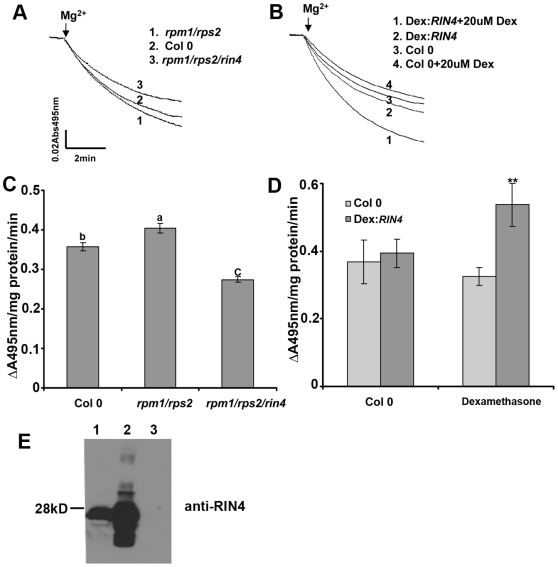Figure 2. Plasma membrane H+-ATPase enzymatic activity is altered in RIN4 overexpression and knockout lines.
Plant leaf plasma membranes were purified by an aqueous polymer two-phase system. The H+-pumping activity assay was conducted on inside-out plasma membrane vesicles as described in the Materials and Methods. In this assay, the plasma membrane H+-ATPase hydrolyzes ATP and pumps H+ into vesicles, which creates the pH gradient across the membrane. The pumping activity was measured by the pH probe acridine orange quenching at an absorbance of 495 nm. (A) and (C) H+-pumping activity decreased in the RIN4 mutant line rpm1/rps2/rin4, but not in rpm1/rps2 plants. (B) and (D) RIN4 overexpression results in an increase in H+-pumping activity in comparison to Col 0. (C) and (D) The initial slope of acridine orange absorbance quenching was graphed from (A) and (B) respectively. H+-pumping activity is reported as ΔA495nm/mg protein/min. Dexamethasone (Dex) inducible RIN4 lines and Col 0 were sprayed with water and 0.025% silwett or 20 µM Dex in 0.025% silwett. Leaf tissue was harvested after 48 h, and plasma membranes were immediately purified. (E) RIN4 immunoblot showing RIN4 expression levels in Col 0 (1), Dex:RIN4 (2), and rpm1/rps2/rin4 mutant lines (3) 48 h after Dex treatment. Each experiment was repeated two times with independent plasma membrane isolations. Statistical differences were detected by Fisher's LSD [74] alpha = 0.05 for (C) and a two-tailed t-test for (D).

